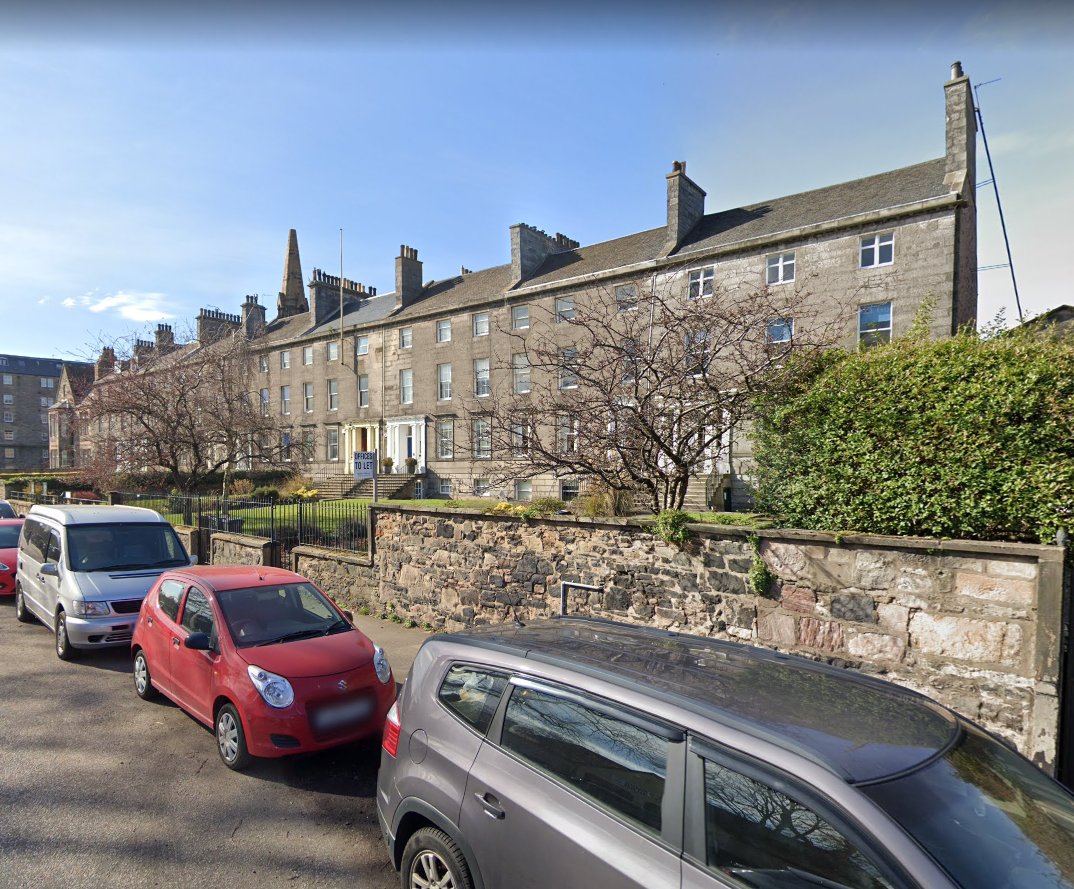
Tynecastle secondary school was built 1910-11 to the designs of the School Board architect, John A. Carfrae, to provide a "technical and clerical" education for 1,200 children in the Gorgie and Dalry area (i.e. those who didn't pass the "quali" exams for Higher Grade school)
https://twitter.com/cocteautriplets/status/1528432935438848000
The school was built to a fairly strict budget and the use of brick, hidden behind the harling, was to greatly reduce the cost. The workshops, where practical skills were taught, to the rear could not be seen from the road so "were accordingly given Spartan treatment". 

This can directly be compared to the far more lavishly finished and appointed neighbourhood Higher Grade school which was rebuilt and located to Carfrae's plans around the same time - Boroughmuir - "the last word in public school building". 

Tynecastle, for instance, had a single 3,200 square foot hall that doubled as as gymasium. Boroughmuir was built with *two* dedicated gymnasia, each of that size. Tynecastle also had "spray baths for the benefit of dirty children".
Boroughmuir had a faltering start to life. A brand new school in the Free Rennaisance style was built for it in 1904 (to Carfrae's plans) on Bruntsfield Links and opened with much civic pride. 

Just 6 years later, changes to the structure of Higher Education and significant reduction in class sizes meant its classrooms were far too big and its facilities for specialised teaching (art, music, etc.) were sorely lacking. To right those wrongs, a whole new school was built
In a curious twist of fate, the "new" Boroughmuir School, completed in 2018 was too small and was in need of extending before it was even opened. 

When Boroughmuir vacated the "school on the Links", it was occupied by James Gillespie's, which at the time was a Merchant Company school. Gillespie's vacated it in the 1960s to a new school in the grounds of Bruntsfield House, and Boroughmuir reoccupied it as a junior annexe. 

• • •
Missing some Tweet in this thread? You can try to
force a refresh











